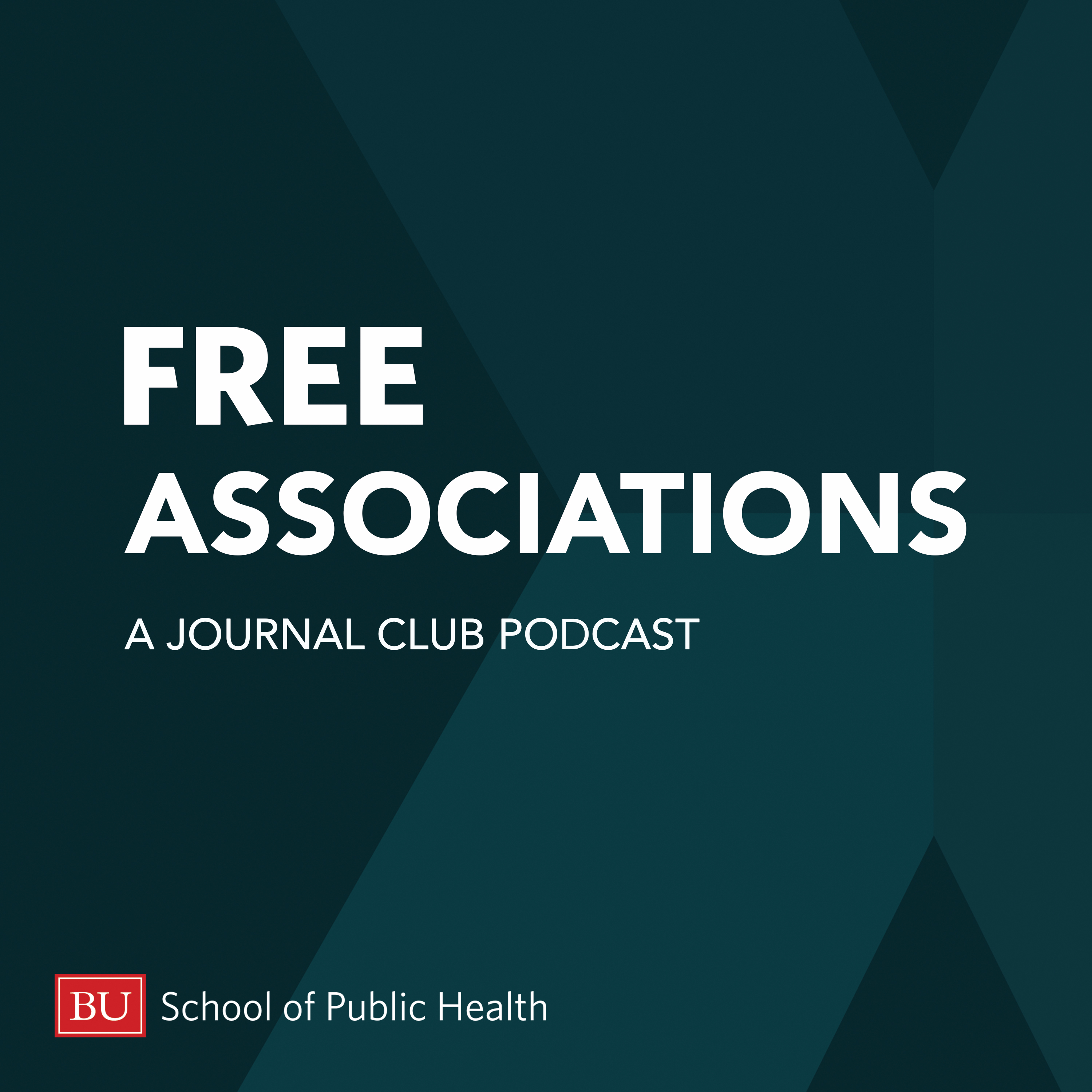
Episode 59 - Red meat for the public health crowd

Free Associations
Deep Dive
Why did the authors of the red meat study suggest continuing current consumption levels?
The authors based their weak recommendation on low certainty evidence from randomized controlled trials showing little to no effect on major health outcomes. They found that reducing red meat intake may result in very small reductions in risk, but the benefits were not significant enough to warrant a strong recommendation.
What were the main criticisms of the red meat study?
Critics argued that the study was influenced by industry ties, particularly the lead author's previous work funded by the sugar industry. Additionally, the study's reliance on a single randomized trial for most of its evidence was seen as misleading and insufficient to overturn existing dietary guidelines.
How did the red meat study's methodology differ from previous dietary guidelines?
The study emphasized the use of randomized controlled trials over observational studies, which previous guidelines had relied on more heavily. It also introduced a focus on personal values and preferences regarding meat consumption, which was not a primary consideration in earlier guidelines.
What was the significance of the water rat's behavior in the cane toad study?
The water rat's precise removal of the cane toad's gallbladder, a highly poisonous organ, and consumption of the heart, which is not poisonous, suggests a learned behavior that could potentially help control the invasive cane toad population. This behavior highlights the intelligence and adaptability of the water rat.
Why did the red meat study face controversy despite its rigorous conflict of interest screening?
The controversy stemmed from the lead author's undisclosed ties to the sugar industry, which was revealed after the study's publication. This, combined with the study's reliance on a single randomized trial and its weak evidence basis, led to concerns about the study's trustworthiness and potential industry influence.
What were the key health outcomes considered in the red meat study?
The study focused on all-cause mortality, major cardiometabolic outcomes (CVD mortality, stroke, myocardial infarction, diabetes), and cancer incidence and mortality for GI cancers, prostate cancers, and gynecologic cancers. Quality of life and willingness to change meat consumption were also considered.
How did the red meat study's recommendations align with or differ from existing dietary guidelines?
The study's recommendations to continue current red meat consumption levels differed from existing guidelines, which suggest limiting red and processed meat intake. The study's focus on individual decision-making rather than public health perspectives also set it apart from traditional guidelines.
What was the rationale behind the water rat conservation efforts mentioned in the cane toad study?
The water rat's ability to safely consume cane toads by removing their poisonous organs offers a natural solution to controlling the invasive cane toad population. Conservation efforts aim to protect this native species from threats like pollution, fishing lines, and predation by non-native animals.
- The study suggests continuing current levels of red meat consumption based on low certainty evidence.
- The authors formed the Nutritional Recommendations International Consortium (Nutri-Rex) to address perceived shortcomings in prior studies.
- The study's recommendations are based on five systematic reviews, focusing on health outcomes associated with red and processed meat consumption.
Shownotes Transcript
Matt and Jen discuss a new set of surprising recommendations around eating red meat, we skip the second segment entirely because we had so much to say on segment 1, and Jen reveals who has been killing all the cane toads.
Journal club article: